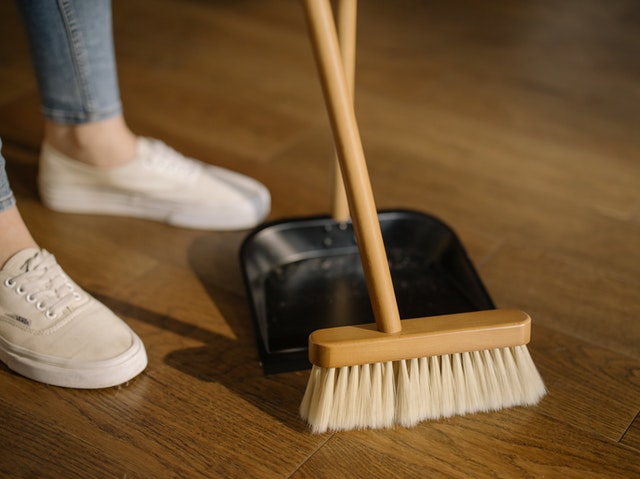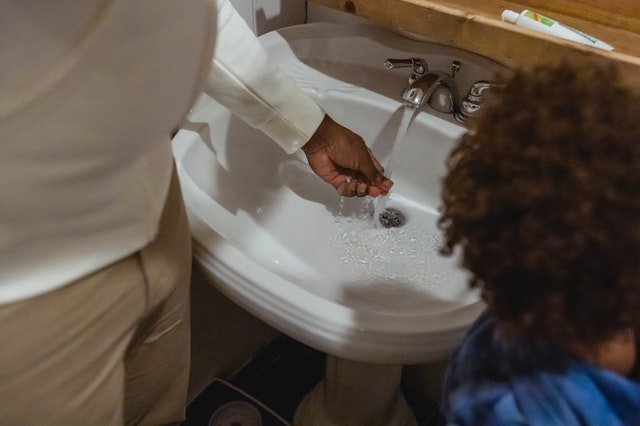
How to Get Ready for a Home Inspection
Buying a home is one of people’s most important and most emotional decisions. The home we live in touches us in a deeply personal way. When you buy the wrong house, you will live with the reality of that mistake every day you are in that home. Whether you are going to have a presale home inspection or buyer’s home inspection, it’s important to know how to get ready for a home inspection.
When you buy a home, it is not just your money that is at risk. You are staking a part of your dreams on that purchase. The wrong house can damage your finances, lifestyle, relationships, and sense of personal fulfillment.
This is why people take their time when buying a home. It is also why, as a homeowner, selling your home is going to be one of the toughest things you will ever do. There will be obstacles every inch of the way.
But the difficulties don’t stop when you find a buyer who signs a purchase agreement with you. Actually, as Nelson Management explains, when you get to this point, there is a chance you could experience the worst disappointment of all.
Typically, your buyer will want to do a home inspection before closing the deal. If the home inspection reveals anything about the home that the buyer finds unacceptable, they could walk away from the deal.
If this happened, it would be a major blow. The money, time, and effort you spent to reach that point would all be wasted and you would have to start trying to sell the home from scratch. As a seller, is there anything you can do to prevent this possibility?
How to prepare for a home inspection
The guidelines below will lead you through the steps to ensure that there are no nasty surprises after your buyer’s home inspection.
Clean and declutter

- Give the home a deep clean
- Clean the furnace filter and put in a fresh filter, if necessary
- Clean the stove and oven (use the self-clean feature)
- Organize stored items in the attic, basement, and closet
- Leave at least one foot of room around pipes, appliances, and systems
- Make sure there is nothing obstructing access to walls, outlets, and other features
Test the function of various home features
- Check doors and windows for difficulties when opening or closing
- Ensure door and window seals/weather stripping is in place and locks function well
- Check the operation of cabinet doors. Ensure they flush with the frame. Inspect their hinges and hardware
- Run faucets and flush the toilets; make sure they work smoothly

- Run all faucets at once to check the water pressure
- Check that light switches are working; replace bulbs that don’t work
- Test ceiling and exhaust fans
- Check that fan ducts in the attic are venting correctly and crawlspace heating ducts are connected
Check the home’s safety features
- Using the self-test function, check carbon monoxide and smoke detectors; if batteries are dead, replace them
- Cap unused gas lines and ensure chimney entry point capping is firmly in place
- Hire a professional to do pest extermination for the entire home
- Test garage door automatically and manually; ensure the auto-reverse function is working.
Ensure the required repairs
- Check caulking around doors, windows, floors, bathtubs, and sinks. Replace missing or loose caulking
- Check hot/cold water pipes and ductwork for broken insulation; replace as needed
- Check for water damage in the bathroom, ceilings, basement, and under the sink
- Inspect the roof for leaks, broken/missing shingles, and rotting wood
- Inspect the gutter system and downspouts for rust and damage
- Check water-using appliances – such as dishwashers and refrigerators – for leaks
- Unclog blocked drains and sewers
- Replace broken door panels, window panes, and door screens
- Inspect external trim and siding for damage
Pay attention to the home’s exterior

- Trim shrubs and plants around the home’s perimeter to create two feet of space between them and external walls
- Clear away all debris from the roof and gutter systems. Remove all growths on them. If possible, pressure wash the roof.
- Remove all tree branches that are close enough to touch the roof
- Remove debris from external AC units and foundation vents
- To keep water from collecting near the foundation, slope soil away from the base of the home
- Remove dead and dying trees or tree branches
- Remove all debris from the yard. Clean out the garage and shed
Make last minute-preparations
- Collect the keys to gates, doors, electrical boxes, and outhouses, as well as, remote controls for lights, ceiling fans, and all components that use them. Leave them on the kitchen table

- Write the access codes to various parts of the home in a notebook
- Label electrical boxes, fuse boxes, keys, and remote controls for easy identification
- Ensure the pilot lights on gas using appliances are on
- Make sure utilities are not shut off
- Remove laundry from the washing machine and dryer
- Remove dishes from the dishwasher
- Provide all the maintenance records for the home
Finally, get your family and pets together. Leave the home for at least three hours and hope for the best! Contact Lucent Property Inspections today if you have any questions.